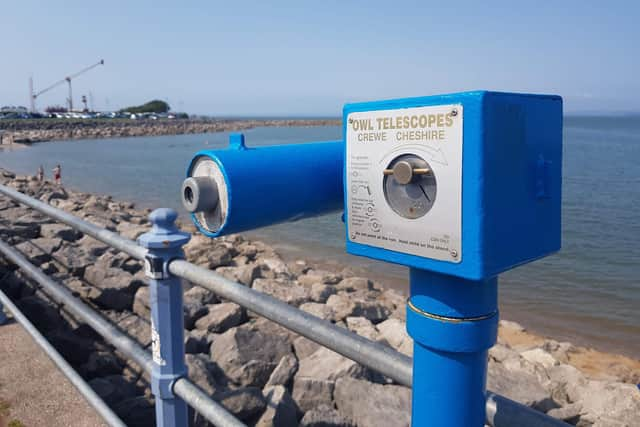Teen pupils team up with Lancaster University to address the climate crisis
and live on Freeview channel 276
UK Research and Innovation (UKRI) and the Arts and Humanities Research Council (AHRC) have announced a series of investments that will encourage 14 to 18-year-olds to engage with and contribute to important climate research.
The funding will enable a team led by Dr Serena Pollastri (ImaginationLancaster) to work with Dr Liz Edwards (School of Computing and Communications) and Dr Suzana Ilic and lecturer Joseph Earl (Lancaster Environment Centre) with students from Carnforth High School, Morecambe Bay Academy, Our Lady’s Catholic College, Lancaster, and Lancaster and Morecambe College.
Advertisement
Hide AdAdvertisement
Hide AdCurrent predictions all show the significant impact that sea level rise and extreme weather events will have on coastal areas worldwide. However, what exactly will happen to individual coastal communities will vary greatly, and will largely depend on local geology, climate, infrastructures and community preparedness.


The visualisations will be displayed during "Coast Fest" - a Coast Futures Festival as site-specific installations, allowing the public to look at their surroundings through the lenses of coastal change. They will reveal stories, questions, and images co-produced by researchers and young people, based on data collected in the first stage of the project, through citizen science and stories from the past and lived experience approaches. A series of zines/booklets will tell data-driven stories of possible coastal futures. Each zine will include a reel with visualisations produced by the students. The visualisations in these reels, which use similar technology used in the old 3D View Master system, will present possible futures for specific locations along the bay.
"Collecting localised data and making it readable to the public is essential both to understand the impact of climate change in specific places and to inform local policies and public participation in decision making,” explains the project’s Principal Investigator Dr Pollastri. “This project aims to help young people understand the interactions between data that describe the dynamics that will shape the future of Morecambe Bay and the communities that inhabit it. By bringing together measurable data and personal histories, this project will reflect on different ways to build community preparedness to future environmental challenges.”
AHRC Executive Chair, Professor Christopher Smith, said: “If we are going to come together as a global community to address the climate crisis, we need to ensure that people from all ages and walks of life are engaged with this crucial issue. These investments are a testament to the ability of the creative arts, theatre and storytelling to bring complex issues to life, and to bring people together.
Advertisement
Hide AdAdvertisement
Hide AdHe added: “Young people have a particular stake in this because it is their future that is at risk. Their engagement in and creative contribution to these activities will lead to a deeper, more meaningful understanding of the need to work towards a more sustainable future.”